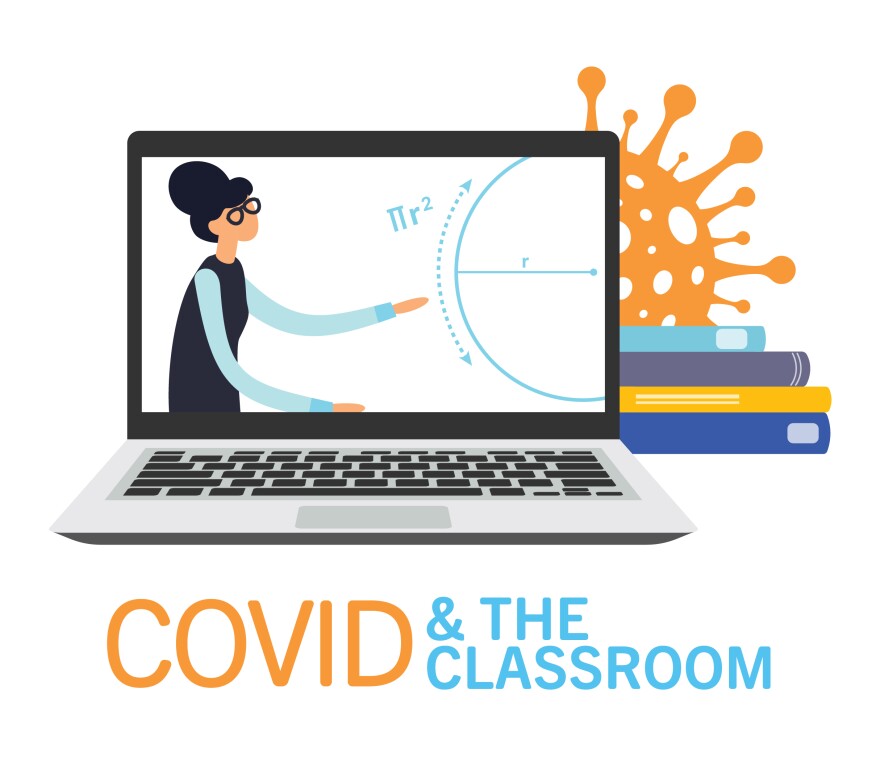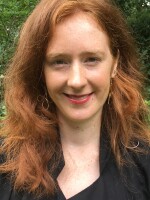Early research on the coronavirus in schools and among young people suggests that with proper precautions, classrooms are not the superspreaders that many had feared.
As in other parts of the country, transmission within school buildings in New Hampshire has been minimal. State officials say there have been less than 20 small clusters -- three or more cases of COVID-19 -- in schools so far, and no outbreaks. An outbreak is defined as three clusters within a school building.
However, on Monday, officials from the Manchester School District announced that they had begun to see clusters in their building right before switching to remote learning. These were the first clusters in Manchester schools so far this year, and they came as the city saw a dramatics surge in community transmission.
Dr. Steven Chapman, a pediatrician at the Children's Hospital at Dartmouth-Hitchcock Medical Center, says as cases spike in towns across New Hampshire, schools will see more cases, but there's little evidence those cases will fuel an outbreak within schools.
Chapman says closing school buildings and switching to remote instruction could pose new risks - not only to students' mental health and learning - but also for community transmission as parents scramble to figure out childcare.
"We know that people out in the community and mixing in different households and different environments with a babysitter, with a grandparent, with a group of friends - we know that's the risk," he says. "That's where we see the cases popping up."
Chapman is advocating for schools to stay open if possible. Chapman points to new studies suggesting that young kids are less frequently asymptomatic with COVID-19, and when they do spread COVID-19, it's at a lower rate than adults.
Dr. Emily Oster, an economics professor at Brown University who studies nationwide data on the coronavirus in schools, says New Hampshire should not expect to see a drop in community transmission as more districts close school buildings.
"We have this idea that...this will be an intervention that matters," she says. "But it's not clear that that's true, in which case by closing schools, you have just made people worse off without having much in the way of a gain for public health."

But even if schools are not fueling coronavirus transmission, some districts have a significant percentage of teachers at an age or with underlying conditions that make them higher risk for COVID-19 complications.
Additionally, the growing number of active COVID-19 cases in New Hampshire means more and more people - including teachers - will be exposed and need to quarantine at home.
That makes it nearly impossible to keep school buildings open.
For schools rethinking their approach, Oster says it's worth looking at states like North Dakota and Florida, where COVID-19 has devastated communities as many schools stayed open.
Oster says early data shows little evidence that the hybrid model - with cohorts of students in school a few days a week, and working from home the rest - has been safer than a full return to school.
That's because districts that fully return to school typically offer a remote option to families. In many cases, enough families opt for remote that the district can assign some remote teachers to remote-only students, and the in-person classrooms remain small enough to accommodate social distancing.
So far in New Hampshire and elsewhere, outbreaks among students appear to be associated with sports and social gatherings outside of school.
"People say 'Oh, you know, these kids can't keep their masks on,'" Oster observes. "They're not getting COVID because they sat two and a half feet away from somebody in math class. They're getting it because, you know, their parents had a homecoming party when the school canceled the homecoming."
Read more of NHPR’s COVID & The Classroom stories here. Email us tips and questions about what you’re seeing, or photos of remote learning, to education@nhpr.org









